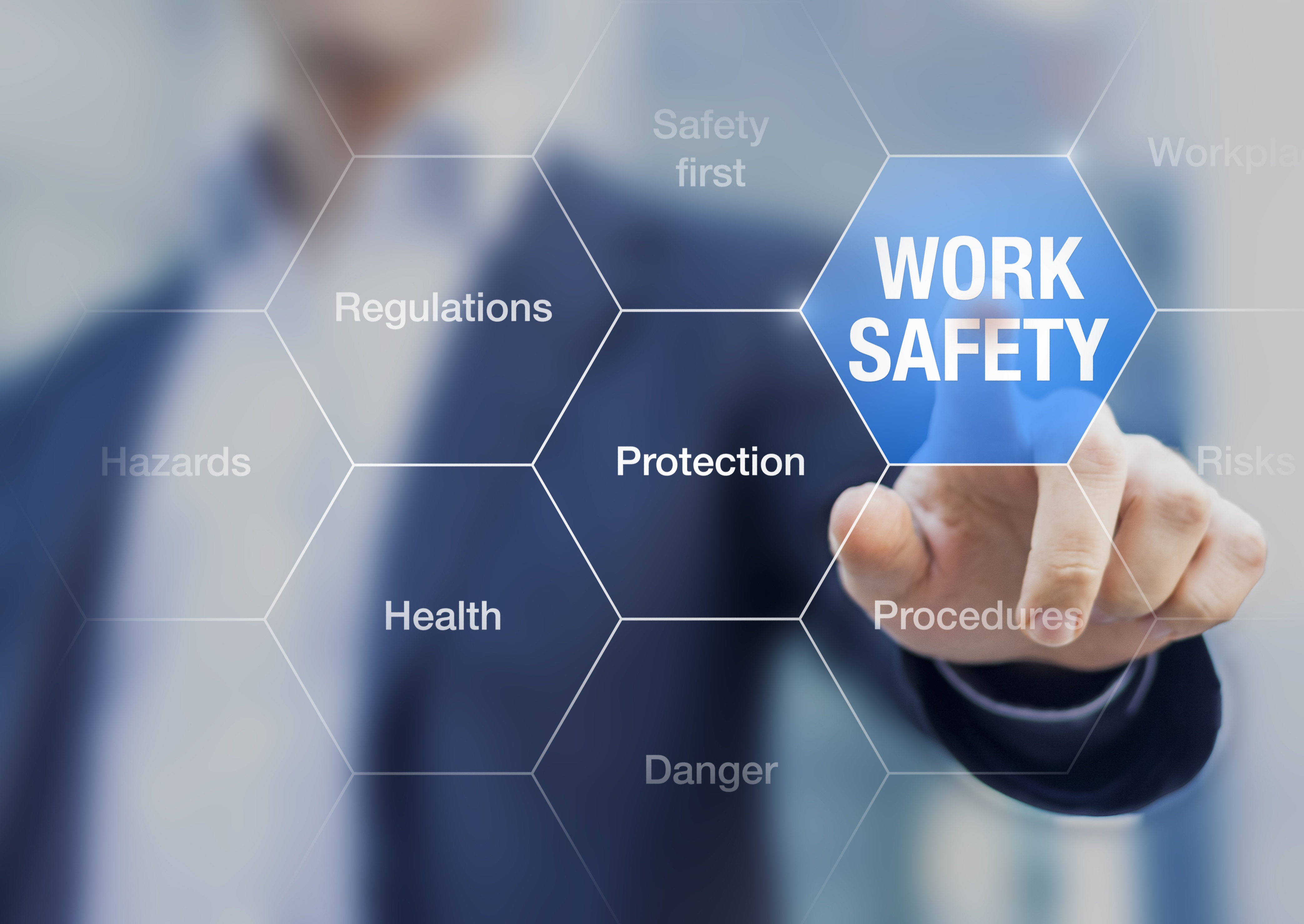When it comes to accidents at work, there is no doubt that some sectors are considerably more at risk than others. Over recent blogs, we have delved into the risks associated with specific industries including agriculture, manufacturing and construction; agriculture won hands down as the least safe with a rate of fatalities that is 18 times higher than the five-year average for all other sectors. In this article, we will take a broader view by looking at the main accident types for each sector, determine the common threads, and review what one industry is doing to protect workers from the biggest overall cause of accidents.
Statistics, whilst seen by many as a rather dry subject, if used well, can identify the patterns in accident prevalence, and hence allow injuries to be reduced. The primary source of consistent and reliable information on workplace accidents in the UK is the Health & Safety Executive (HSE). This is due to the stringent reporting requirements that are imposed on UK businesses in the event of an accident. For example, the ‘Reporting of Injuries, Diseases and Dangerous Occurrences Regulations 2013’ (RIDDOR) places legal obligations on all employers, the self-employed, and people responsible for work premises to notify the HSE of serious workplace accidents, occupational diseases, and near misses. When augmented with other reporting sources such as the Labour Force Survey and death certificates, a comprehensive picture of UK health and safety can be deciphered.

Non-fatal Accidents types across all sectors
There are eight primary sectors on which the HSE gather data – agriculture, education, human health and social work, manufacturing, public administration and defence, transportation and storage, and waste. The following is a summary of the primary causes of injury, showing the percentage of accidents of each type in each sector:
- Slips, trips, falls on same level – agriculture (20%), construction (24%), education (42%), human health and social work (27%), manufacturing (22%), public administration and defence (27%), transportation and storage (28%), waste (30%)
- Lifting and handling – agriculture (13%), construction (21%), education (12%), human health and social work (25%), manufacturing (24%), public administration and defence (14%), transportation and storage (27%), waste (23%)
- Falls from height – agriculture (12%), construction (18%)
- Struck by object – agriculture (12%), construction (13%), manufacturing (12%), transportation and storage (12%), waste (23%)
- Contact with machinery – agriculture (10%), manufacturing (12%)
- Acts of violence – education (10%), human health and social work (21%), public administration and defence (22%),
Interestingly, there are only two accident types that are so prevalent they account for a large proportion of non-fatal accidents in all eight sectors analysed – slips, trips, falls on the same level, and lifting & handling. And also of note is the fact that acts of violence seem to be associated with non-heavy industries such as education health and public administration. The remainder of the accident types – falls from heights, being struck by an object and contact with machinery, are associated with heavy industry and agriculture.
How are some industries responding?
Slips & trips are a big problem in many sectors, and no more so that in education, with 42% of all accidents being of this type. But how is the education sector responding to this considerable risk? Over the past few years, there has been a concerted effort by a range of stakeholders to improve the situation. Educational establishments have implemented detailed slips and trips policies which state the obligations of each specific stakeholder (e.g. managers, health and safety staff and employees in keeping the workplace safe). These are now seen as an essential way in which employers can clearly communicate the responsibilities of individuals to collectively ensure safety for all. These policies also provide guidance on the process for assessing slip and trip risks, e.g. by detailing the stages of assessing the slip resistance of flooring.
Such is the cost of slips and trips, e-learning modules are also now used to ensure that all staff are trained on the risks in their workplace, how to identify them, and how to ensure they are mitigated.
In addition to the steps being taken above, there has been a targeted campaign by the HSE to address slips and trips in education, including emphasising the importance of robust management systems to identify risks and control measures. The National Union of Teachers has also created health and safety briefings specifically to draw the attention of its members to the real risk of slips, trips and falls.
In summary
Regardless of the industry you work in, none are immune from the risk of serious injury. Each sector has its own risk profile, whether heavy industry or office based. Employers and employees must work in tandem to ensure that everyone is kept as safe as possible. However, your employer bears the ultimate responsibility for ensuring you are safe from harm while working. Thorough risk assessments which are fully actioned, in combination with effective training, communication, policies, procedures and safety equipment can all make a significant difference to reducing accidents.
If you have been the victim of an accident that has caused you serious injury at work, you may have a case to claim compensation if it can be proven that your employer, or the person responsible for the work premises, failed in their legal duty to keep you safe. Compensation can go a long way to helping you through what can be a very difficult time, by removing the worry of paying your bills and helping to fund any additional medical treatment you need to fully recover.
At Russell Worth Solicitors we specialise in personal injury claims. If you have suffered a workplace injury and would like a free claim assessment, please call us now on 0800 028 2060 or complete our Online Claim Assessment.

